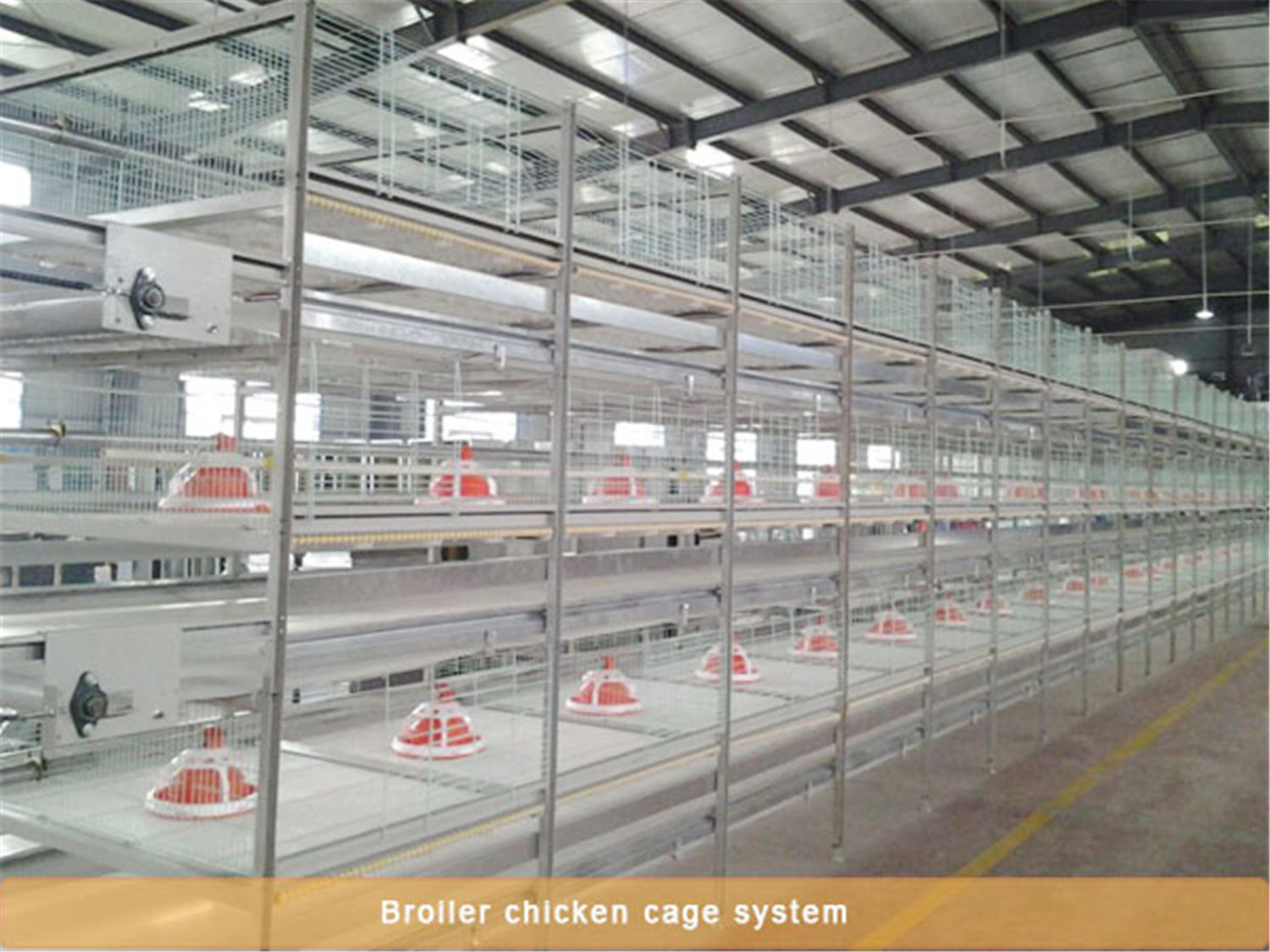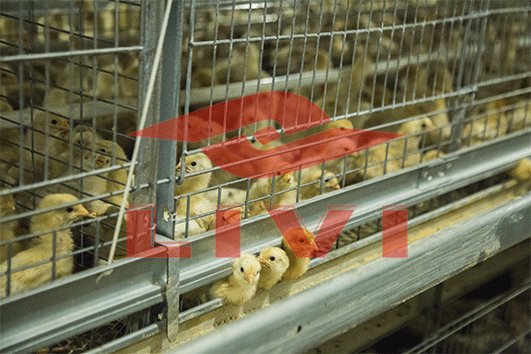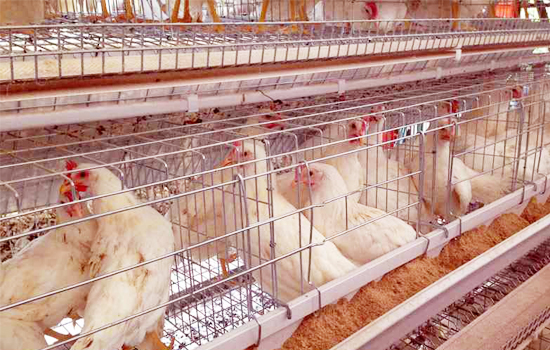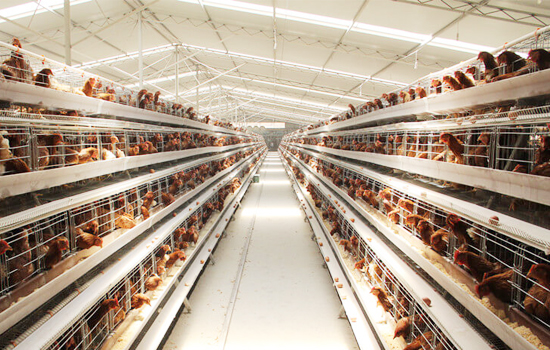In the breeding process, many farmers use chicken cages for collective breeding, and a few farmers choose to raise special chickens in order to meet the demand for breeds. The relative price of eggs from free-range chickens is much higher, and the cost will also be different. Raise, cage and free range have their own advantages and disadvantages.
Cage chicken articles
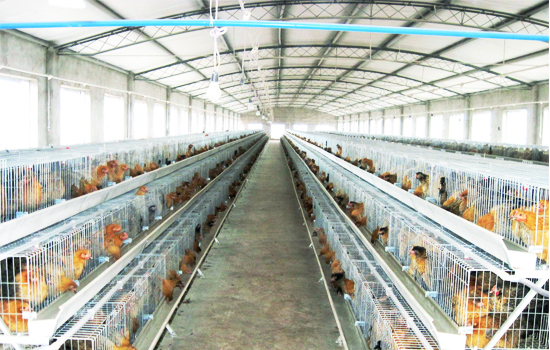
Laying hen cages breeding is an intensive management method for modern laying hens. It is the most common breeding method at present. Almost all large, medium and small farms adopt this method. Because modern breeds of high-yielding laying hens are suitable for intensive production .
Therefore, cage breeding is the best choice for laying hens. The cage has three and four layers, and the main placement methods are full overlap, full step, half step, and step stack integrated type.
In addition, there is also a single-layer flat type, that is, all the chicken coops are arranged on a horizontal surface, and the chicken manure directly falls into the manure trough. The feeder is used for feeding, and the water line plus nipple drinker or sink is used for water supply.
Advantages of caged chickens:
- It occupies a small space, a small area, concentrated feeding, and a large feeding density. The number of rearing per unit area of chicken house can be greatly increased, saving land and labor. Facts have proved that the number of chickens raised per square meter of construction area is more than three times that of flat cages. It can make full use of the space of the chicken coop for centralized breeding, which not only saves labor but also improves the utilization rate of the chicken coop.
- Less feed consumption. Cage-raised chickens are restricted in activity, which can save feed consumption. Chicken flocks eat more evenly and consume less feed, with higher feed remuneration, cleaner eggshells, lower breakage rates, and lower breeding costs.
- Improve labor efficiency. The number of chickens managed per capita in layer cages is several times that of free-range chickens. Special machinery can be used for chicken feeding and manure removal, which greatly improves labor productivity.
- Cage-raised laying hens are good for disease prevention, reduce the occurrence of diseases, and are good for the health of the flock. The advantages of cage-raised chickens are that the chicken body is separated from the feces, the feed and drinking water are sanitary, and the mortality rate of the caged chickens is low.
Disadvantages of caged chickens:
- Higher one-time investment.
- Cage laying hens have higher requirements for feed and environment.
- There are some syndromes of laying hens, such as caged laying hen fatigue syndrome, fatty liver syndrome, panic disorder, pecking disorder and so on.
- The living space of laying hens is small and activities are restricted.

Free-range chickens
Laying hen stocking refers to the use of grazing to graze the laying hens into the nature, using barren mountains, woodlands, grasslands, orchards and other resources to develop large-scale ecological laying hens. High-yielding layers, rooster chicks of high-yielding layers, and local breeds are all suitable for free-range breeding. Realize large-scale production through scientific feeding management and safety and health measures, so that the laying hens can reach the pollution-free food standard and even the green food standard.
At the same time, by raising chickens to control plant pests and weeds and reduce the use of drugs, chicken manure can also improve soil fertility. This is a new type of ecological industry combining agriculture, forestry and animal husbandry, with broad market prospects.
Advantages of free-range chickens:
- The price of eggs is high, free-range eggs have good taste and rich flavor, and eggs are very popular. Generally, the price of free-range eggs is more than twice that of caged eggs.
- Eco-environmental protection, laying hens eat insects, reduce pests in woodland and grassland, protect trees and crops from pests, and reduce the use of pesticides. Chicken manure directly fertilizes the soil, turning waste into treasure.
- Reduce the cost of breeding and improve the efficiency of chicken breeding. The investment in the chicken house and feed is much less than that of house feeding.
Disadvantages of free-range chickens:
- The scale is small, limited by the environmental conditions and management capabilities of the stocking site, the scale of each batch of chickens cannot be too large, and the difficulty of large-scale management also increases.
- Low egg production rate and poor egg varieties. No matter how fine the management of free-range laying hens is, it also belongs to extensive management, so the egg production rate is low and unstable, and the quality of the eggs will also decline.
- The disease is difficult to control, and chicken farms are prone to respiratory diseases and internal and external parasitic diseases, especially coccidiosis. There are also fowlpox and visceral Marek disease in chicken farms.


